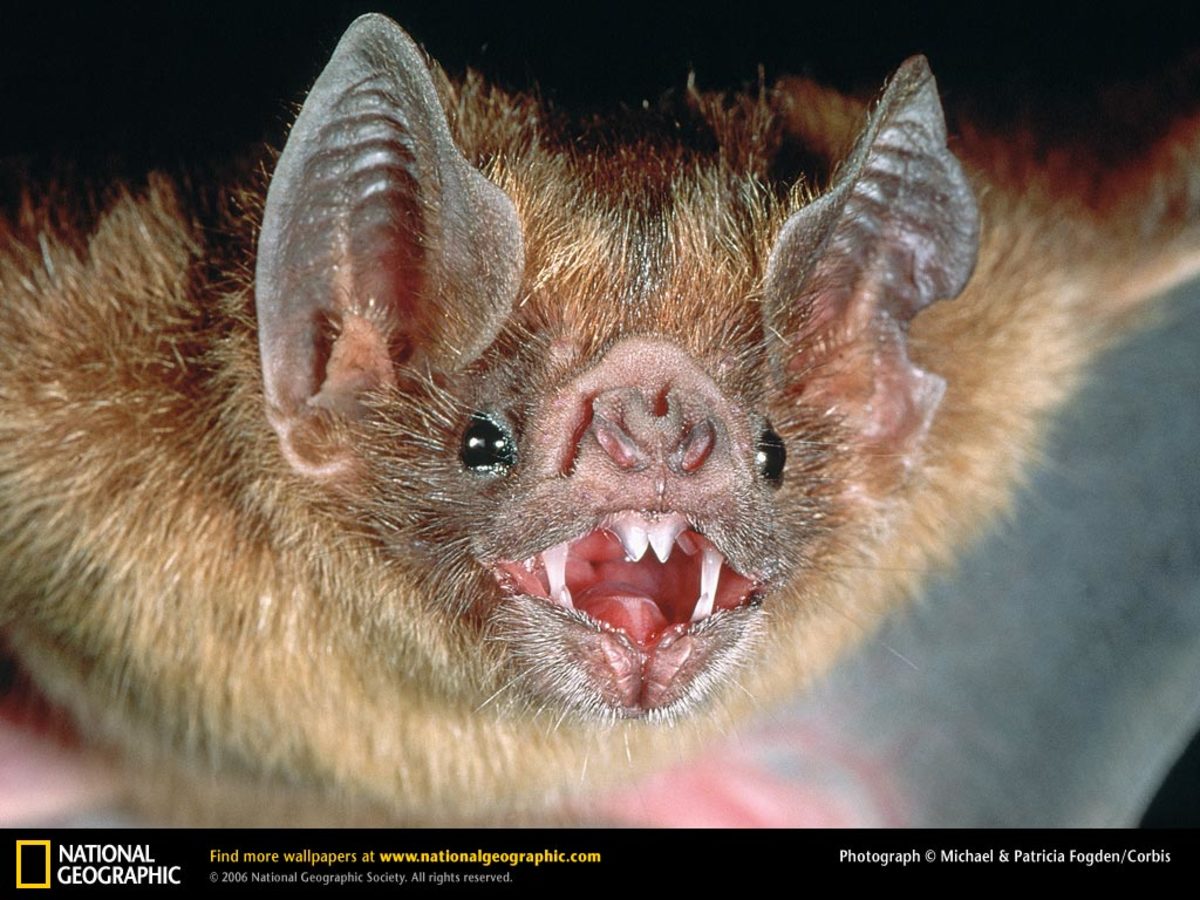Bats - you've got to love them!
Bats, bats and more bats

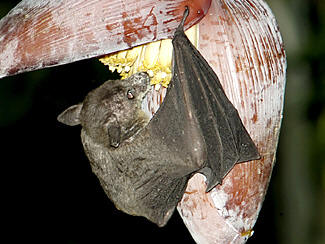
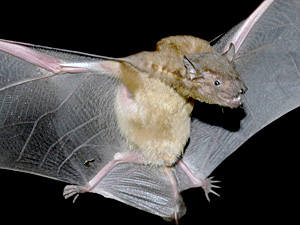
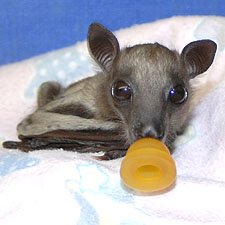
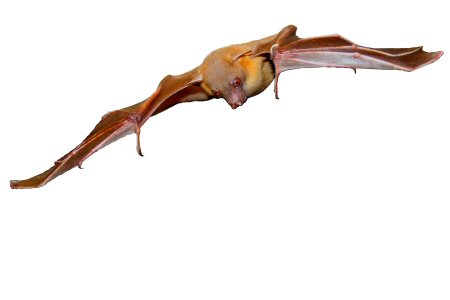
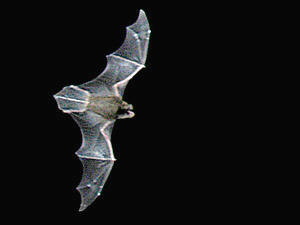
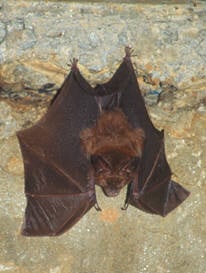
Beautiful Bats.........
Bats – you’ve just got to love them!
It’s obvious when talking to people, no matter where in the world, that bats are NOT everyone’s favorite animals. Pandas, elephants, meercats, even rats and mice yes, these are high on the list, but for some obscure reason, bats are on a par with venomous snakes, scorpions and spiders. Okay, so some of them, like the Horseshoe and Roundleaf bats are pretty ugly, and they do have teeth that look like they could sink deeply into your neck, but come on, beauty is only skin deep! You can’t exactly call Anthony Hopkins or Gerard Depardieu handsome can you, but people flock to see their films. I guess the association with so many blood-thirsty films depicting vampires as the epitome of pure evil hasn’t helped over the years. The very fact that they live all of their lives nocturnally tugs at the very deep-seated instinctive primal fears in all of us. And they fly noiselessly and have a reputation for becoming entangled in your hair! (a fallacy by the way, but try telling my husband that!) Not only that, but they roost upside down in great writhing masses!
Batophobes! all of you bat haters, - read on if you dare!
Here, I’m intending to remedy their ill gotten reputation and do a bit of high-quality PR work for this much maligned family of mammals.
Bats are the only mammals that can truly fly. They’re distinguished by their “hand wings” – finger extensions with a thin skin between each finger. In this part of the world, South East Asia the Fruit Bats include some 25 species. These of course, are nectar and fruit eaters as their name suggests. They are large creatures with some having a wingspan of up to 1.5 metres. Okay, so that’s a big chunk of animal coming at you, but he still has no intention of attacking you!! And don’t let the Flying Fox’s Latin name fool you Pteropus vampyrus. He’s not, honestly! All of this family have large eyes, simple ears, dog like faces and a short or non-existent tail. The remaining bats include some 165 species and are smaller. Some as tiny as a large bumble bee, Kitty’s Hog-nosed Bat being an extreme example, and very rare, weighing in at around 2 grams! They are the insect eaters and differ as well in that they have small eyes and short tails.
I live in South East Thailand where bats are numerous, though many are now endangered because of loss of habitat. We settled in Thailand some three years ago and prior to that had visited it many times over a period of 15 years or so. We’d got to know the place quite well and being avid naturalists had tried to see as much of the flora and fauna on our journeys as we could. Not successfully I might add – this country is enormous and to see any fraction of it is an achievement. Probably our favourite places are the mountainous areas to the North West on the extensive Burmese border. Mae Hong Son is a favourite jumping off point and with the excellent road network, it’s now very easy to radiate from there and explore the amazing countryside with its magnificent mountains day by day. One such foray took us to an area near Pai, famous for its limestone cave systems and of course, bats. Millions of them! Tham Lod is one of the best places so see a spectacular daily display of bat power, starting around 6 in the evening. The walls of the caves move as you explore the system, but by dusk the movement becomes a mass migration to the cave entrances and what is more amazing, is that the bats’ places are now taken over by returning swifts. The estimate of numbers for the bats is over a quarter of a million. A truly fantastic sight to watch! It’s as if the creatures are on a wave, one flowing in and one flowing out. As they soar into the evening sky it becomes black with the small, winged bodies. The puzzle is, how do they not collide? And how do they not crash into the incoming birds? A once-in-a-lifetime spectacle and not to be missed. So put it on your list of ‘Things to Do Before I Die’ and book your ticket now!
Back to a more prosaic part of Thailand, but beautiful non-the-less. The part we choose to live in. And yes, we have bats by the score here too! In fact we are privileged to be host to a roost or family of bats and much to the consternation of my husband, who you may have guessed, is not a fan of the aforementioned creatures, they are in residence just by the kitchen! In the roof space over the kitchen verandah in fact, just inches above his head! He’s a tall man and his workshop path takes him directly under their roost entrance and flight path. They’ve been there for some 18 months now so I think they’re fairly well established, and as he’s not attempted to remove them, I think they are there for life.
They were first observed exiting the tiny hole under the corner tile of the roof last year. A one-off we thought. No self respecting bat is going to make his home so close to a well worn homo-sapien pathway is he? Oh yes he did, and all of his family came too! We counted 6 every evening after that. As I write, there are now 8, so congratulations are in order with the birth of 2 newcomers we think. It’s almost impossible to identify the species as we only ever see them when they go off to forage, by which time darkness masks even seeing their true colour yet alone their little faces. All we can see is that they have a wingspan of approximately 9 inches. From research, I cannot even come close to their species, but with all the fruit trees on the surrounding farms it’s a fair assumption that they are one of the 25 species of Fruit Bat common to the area, but nowhere can I find evidence of them roosting in buildings. Another pointer to them being insectivores is that we lit a large bonfire several weeks ago in the field next door to the house, and as they emerged from the roost, they immediately came to the swirling air above the fire and spent the next 20 minutes swooping and diving after the insects there. Now, are fruit bats omnivorous I ask? Maybe they like a change of diet occasionally.
But patience will out and maybe one day we’ll be brave enough to remove a tile or two from the roof and take a peek!
An intriguing part of their behaviour is their early morning squabbles. I get up at 6 and walk the dogs round the house and am always greeted by squeaks and squeals coming from their abode. Maybe they’ve just come in from ‘work’ and someone’s taken someone else’s bed space? Or maybe they’re just tired and irritable after a long night. I’ve never actually seen them return to the roost so have no idea what time they come back.
Along with our resident bats, we’ve also had a stranger appear dazed and disorientated on the workshop wood pile. This happened very early one morning at the dog walking hour again. The tiny creature, no bigger than a large bumble bee was found clinging to a piece of wood. A Kitty’s Hog-nosed Bat? I don’t think so as they appear to only be found in the North of Thailand and are extremely rare. We left him there for a couple of hours thinking if it was a baby then the mother may return for it; or if it was dazed it may recover and take off of its own accord. It did neither. So being a farmer’s wife, I carefully wrapped it in soft cotton, popped it in a basket and brought it indoors. I had no dropper to feed it with so found a tiny cosmetic brush and proceeded to feed it a mix of water and milk, which it lapped eagerly. Progress I thought. I kept the basket lightly covered, sat it on my desk and carried on working, feeding the tiny creature about once an hour. This way I was able to observe his recovery or not, as the case may be. I dashed off an email to the UK Bat Research Centre in the New Forest and hoped they’d be able to advise me what to do, knowing full well the answer would not come til late afternoon because of the time difference.
Come the evening, our roost bats had flown and little Bertie as we’d by now named him, was still with us. We have a large verandah upstairs and often watch ours and other bats swooping around after dusk. So, feeling a bit helpless and needing to do something for the poor thing, I carefully put him on the back of the soft chair to see if his mother would come and find him. As I was carrying him out I became aware of a bat swooping and diving very close to my head. The echo location was so clear to hear and little Bertie became very animated. I couldn’t believe this and my hopes soared as I closed the doors and put the light out. Surely, if Bertie was a baby the mother could land, collect him up to her chest and take him back to their roost. It must be close by, was my logic. But Bertie remained clinging to his cushion for a couple of hours with the other bat in evidence, clicking loudly at each swoop for the first hour. The temperature was now dropping, so another quandary. We brought him indoors, put him back in the basket and covered him again. I continued giving him liquids but I could see he was tiring. And no answer yet from the Bat department in the UK.
I spent an uneasy night between my bed, observing him and feeding him. He was still alive in the morning. 24 hours survival; but I really didn’t hold out much hope after the adult bat had gone away. The internet brought me news I didn’t want to hear. NEVER, under any circumstances feed bats on cows milk! So, inadvertently I’d condemned poor Bertie to a slow and sure death. I was devastated as can be imagined. The little creature survived until 10 in the morning, some 36 hours after being found, then quietly passed away.
It sounds really silly to say I mourned for the little fellow, but I did. As a farmers wife one is used to animals dieing but this tiny heap of fur had captured my soul and I was mortified for many days afterwards.
So, dear readers, have I enthused you just a little bit towards seeing bats in a different light? Have I made you think maybe you’d like to go and find out more about them? If just one reader is converted I will be overjoyed! They need your help if they’re not to disappear from our planet too. They really are the most delightful creatures, large and small, and amazingly clever, and as you can see, I’m one of their greatest fans.
>



